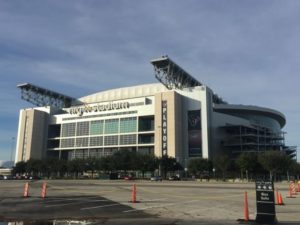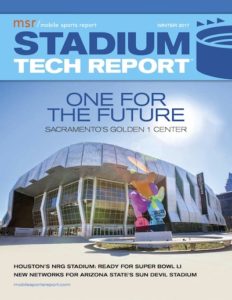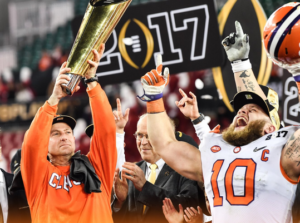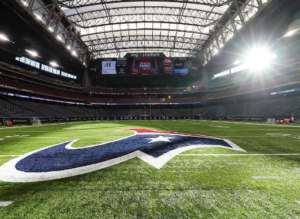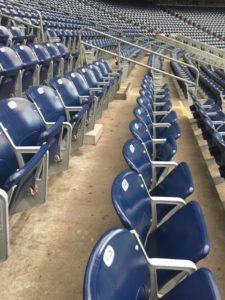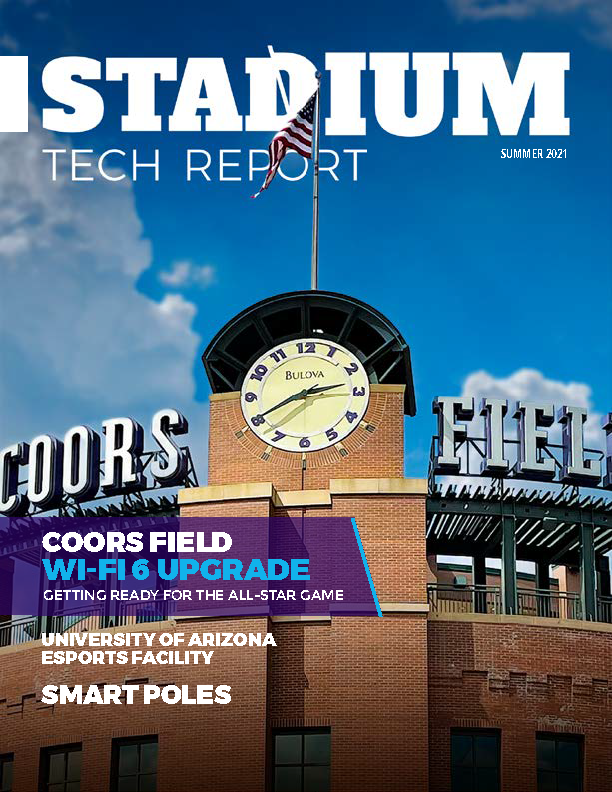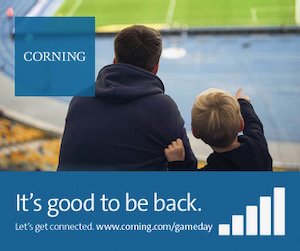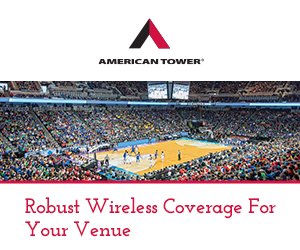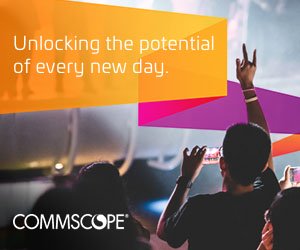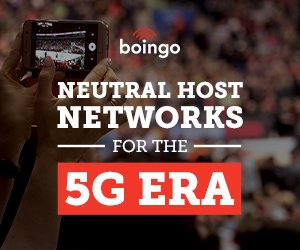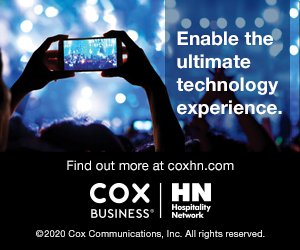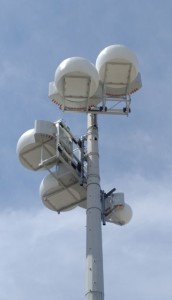
AT&T’s new “drum” antennas at Coachella. Similar antennas were used in Washington, D.C, this past weekend. Photos: AT&T.
To handle the traffic from huge public crowds for both Friday’s Presidential inauguration ceremonies and for Saturday’s Women’s March on Washington, AT&T deployed seven “super COWs” or cell towers on wheels to the area, joining a local Distributed Antenna System (DAS) network as well as local macro sites.
According to AT&T, it saw 4.3 TB of traffic on its National Mall networks on Thursday, followed by 8.8 TB on Friday, 8.3 TB on Saturday and 1.9 TB on Sunday.
Verizon Wireless, meanwhile, provided statistics for traffic on its National Mall-area networks for Friday’s events, but would not provide specific totals for Saturday’s march. According to Verizon, its customers used “approximately 7 terabytes of data” Friday, with two-thirds of that activity being used on social media applications and websites, with Facebook and SnapChat being the top two apps used by Verizon customers. According to Verizon, data sent from customer devices — meaning network uploads — was four times the typical daily average.
Verizon did not reply to emails and voice messages asking why it would not provide data totals from Saturday’s event in D.C.
